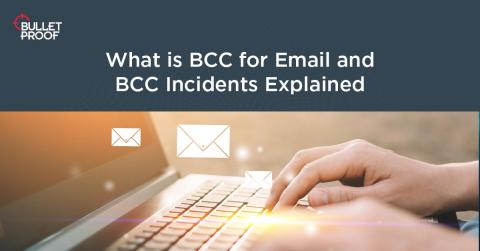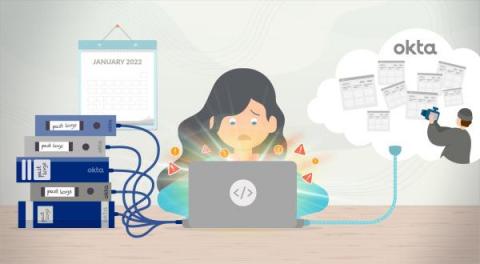Weekly Cyber Security News 25/03/2022
A selection of this week’s more interesting vulnerability disclosures and cyber security news. For a daily selection see our twitter feed at #ionCube24. I had almost forgotten (was I the only one?) that the aged IE web browser approaches it’s doom… Long may it rot.








